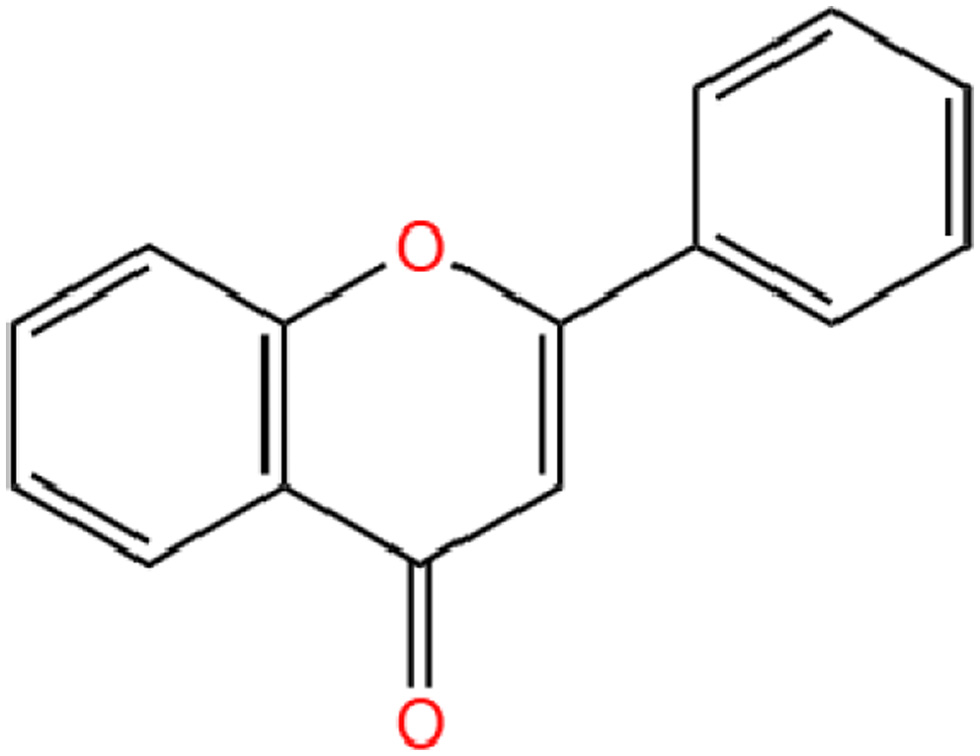
Figure 1. The chemical structure of Flavonoid basic skeleton.
| Journal of Food Bioactives, ISSN 2637-8752 print, 2637-8779 online |
| Journal website www.isnff-jfb.com |
Review
Volume 24, December 2023, pages 29-39
Potential role of nobiletin in Alzheimer’s disease
Figures

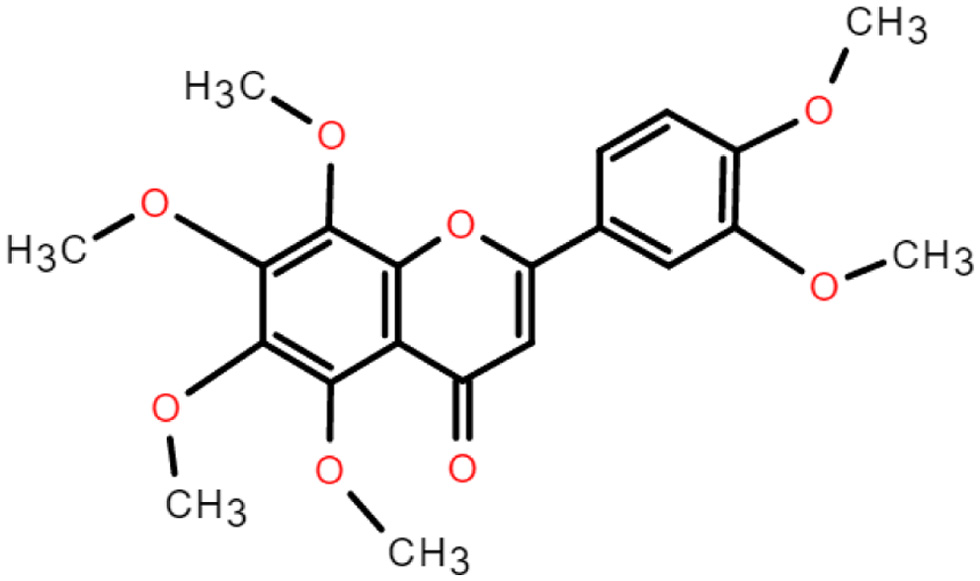
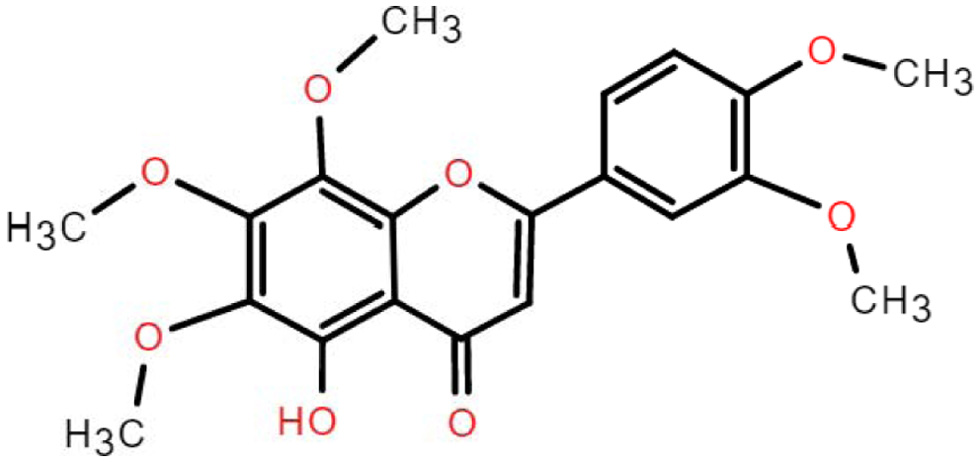
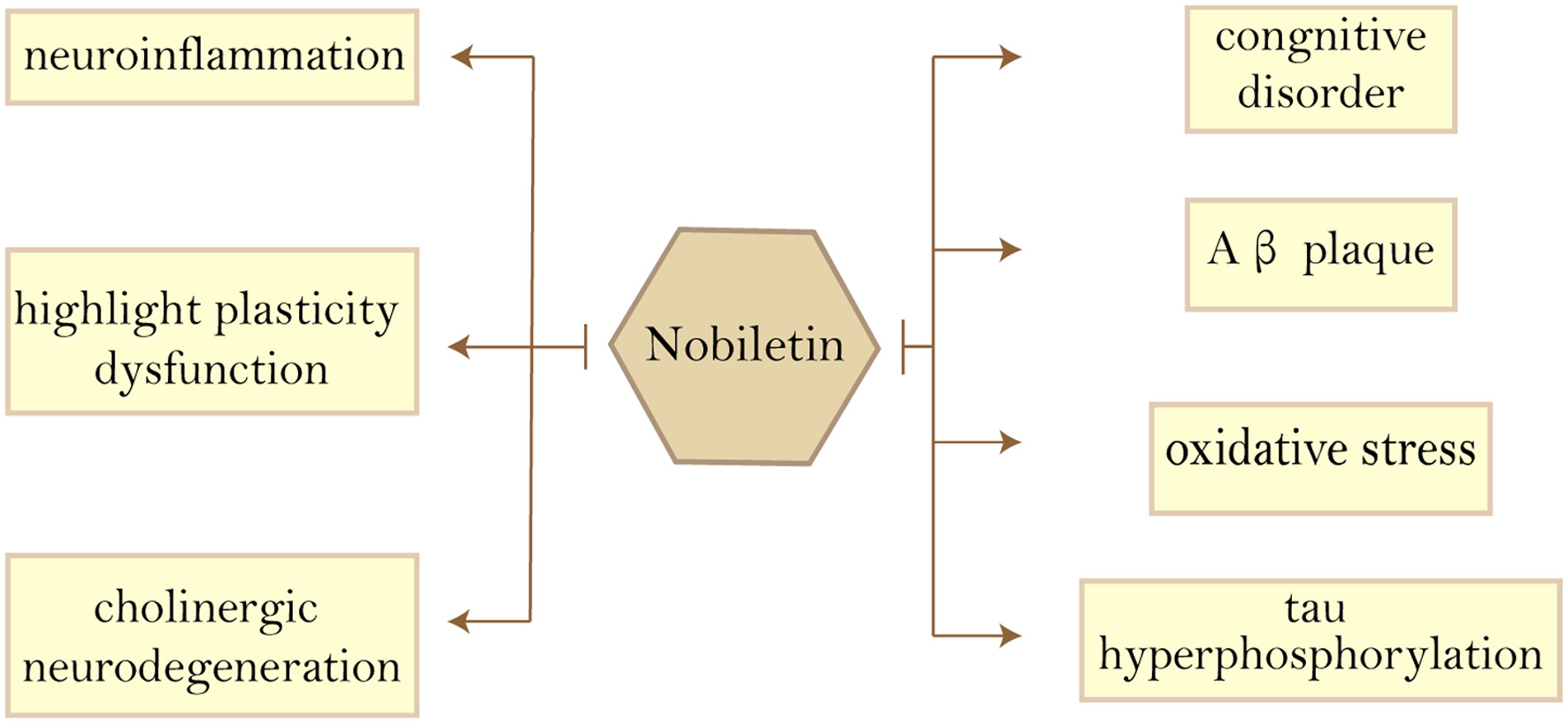
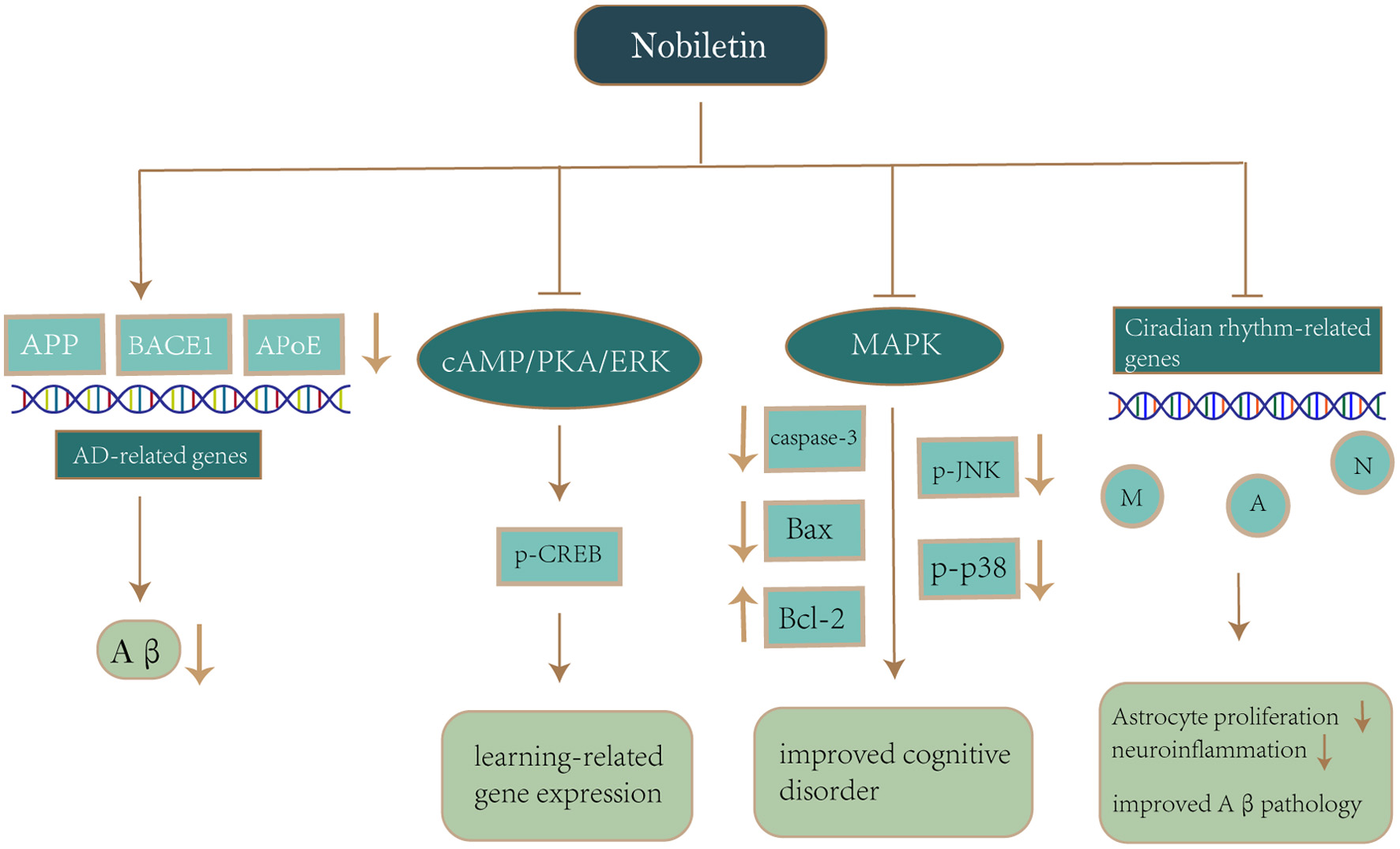
Tables
| Model | Dosages | Behavioral test experiment | Effect | References |
|---|---|---|---|---|
| Aβ-infused rat | 10–50 mg/kg | Eight-arm radial maze test | Improve learning and cognitive impairment caused by A1–40 | Matsuzaki et al., 2006 |
| Olfactory-bulbectomy (OBX) mice | 50 mg/kg | Passive avoidance test | Rescues Bulbectomy-Induced Cholinergic Neurodegeneration, while improving impaired memory in OBX mice | Nakajima et al., 2007 |
| Olfactory-bulbectomy (OBX) mice | 50 mg/kg | Y-maze test | Rescue of memory deficits in olfactory bulbectomized mice with cholinergic neurodegeneration | Nagase et al., 2005 |
| APP-SL 7-5 Tg mice | 10 mg/kg | Open-field test | Improved memory deficits in amyloid precursor protein (APP) transgenic mice | Onozuka et al., 2008 |
| Female APP/PS1 mice | 0.10% | Circadian activity and period measurement; noninvasive piezoelectric transducer sleep/wake recording; glucose tolerance and cold tolerance test; metabolic chamber analysis | inhibited the synthesis of APP proteins and the deposition of Aβ in a circadian time-dependent manner | Kim et al., 2021 |
| Senescence-accelerated mouse prone 8 (SAMP8) | 10–50 mg/kg | Novel object recognition test; Fear conditioning test; Elevated-plus maze test | Ameliorated the learning and memory deficits, oxidative stress, and hyperphosphorylation of tau in aging as well as age-related neurodegenerative diseases such as AD | Nakajima et al., 2013 |
| Triple transgenic mice model of AD (3XTg-AD) | 30 mg/kg | Open-field test; Locomotor activity test; Y-maze test; Novel object recognition test; Elevated-plus maze test; Passive avoidance test; Morris water maze test | Reversal of short-term memory and recognition memory impairment in 3XTg-AD mice | Nakajima et al., 2015 |
| Model | Mechanism | Effect | References |
|---|---|---|---|
| HT22 cells by hydrogen peroxide-induced | inhibited the production of p-N-terminal kinase (p-JNK) and p-p38, while inhibiting caspase-3 and Bax activation and upregulating Bcl-2 | Inhibition of oxidative stress, protects the integrity of neurons | Cho et al., 2015 |
| PC12 cells | stimulates cyclic-AMP-responsive-element-binding protein (CREB) phosphorylation by activating the cAMP/PKA/ERK signaling cascade and increases cAMP-mediated dependent transcription in the presence of forskolin | Increases the expression of learning and memory-related genes | Nagase et al., 2005; Nakajima et al., 2007 |
| Astrocytes | reprogramming different circadian rhythms of gene expression | improve Aβ pathology and recognition deficits, alleviates astrocyte proliferation and neuroinflammation | Wirianto et al., 2022 |